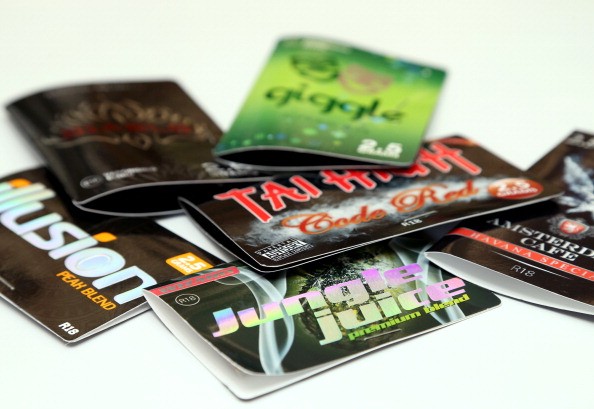
Emergency rooms around the country are reporting a rapid increase in people having a reaction to some versions of street drugs called spice. Poison control centers are reporting a rise in calls about the drugs, which contain synthetic substances that mimic the effects of marijuana.
Poison control centers received more calls about adverse reactions to spice this month, which is not over, then they did in January, February, and March combined. It is already four times the number of cases reported in 2014. Some hospitals have stopped calling poison control centers because they recognize the symptoms and know they are dealing with reactions to synthetic cannabinoids, which are chemicals similar to the active ingredients in marijuana.
Some of these adverse reactions are caused by spice in combination with other drugs or chemicals, but many are due to spice alone. It is not known if the increased incidence of bad reactions is due to an increased use of the drug or because batches of it are badly made. Many of the cases appear to be due to a form of spice called mab-chminaca.
People who have used spice are reporting to emergency rooms with extreme anxiety, violent behavior and delusions. Several deaths due to spice use have been reported. Problems have been seen in Alabama, Arizona, Florida, New Jersey, New York, and Texas.
Spice, also called spice product and K2, is supplied in packets and looks like ground-up herbs, and which that are smoked by users. It was originally sold as a mixture of natural herbs that purported to have no added chemicals. But it was soon found that the various versions of spice are plant material that has been sprayed with synthetic cannabinoids. Some types of spice are dozens of times more potent than marijuana.
Spice varieties are usually imported from China, with new versions being created regularly. The entire class of synthetic cannabinoid drugs is illegal.



